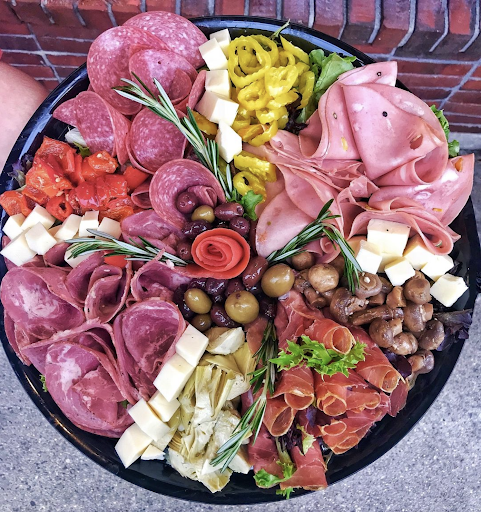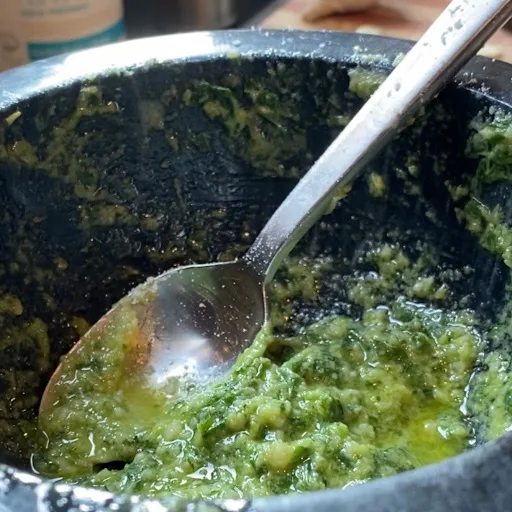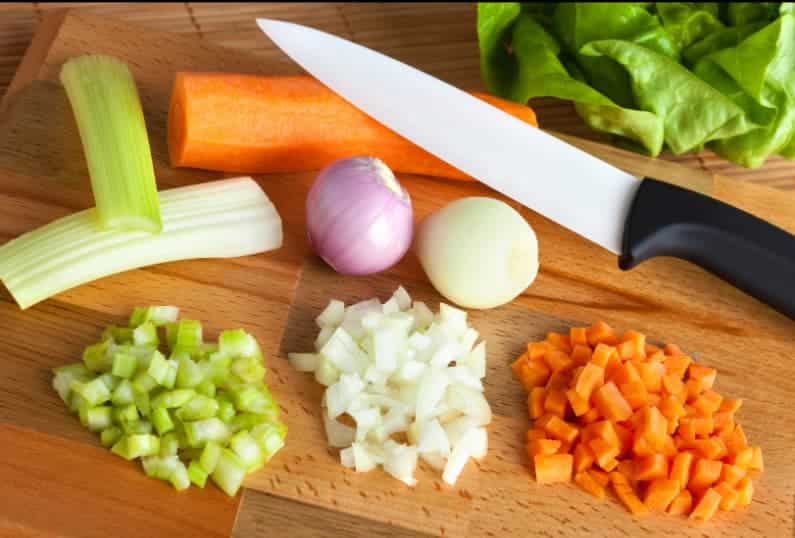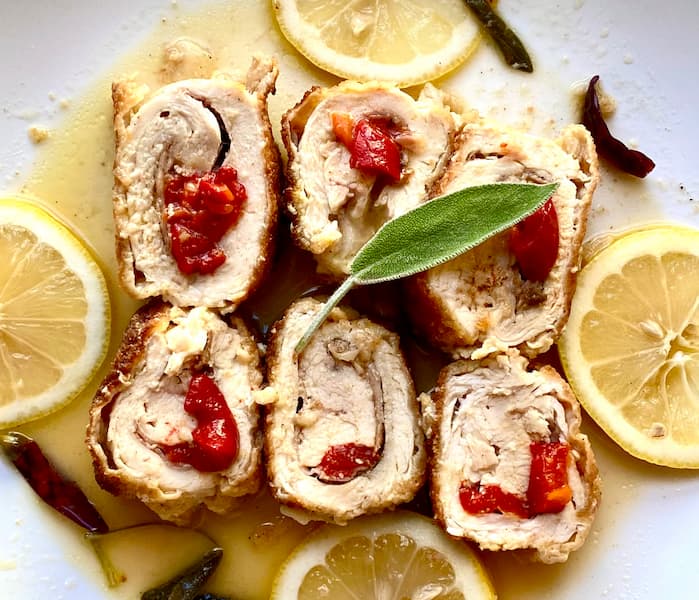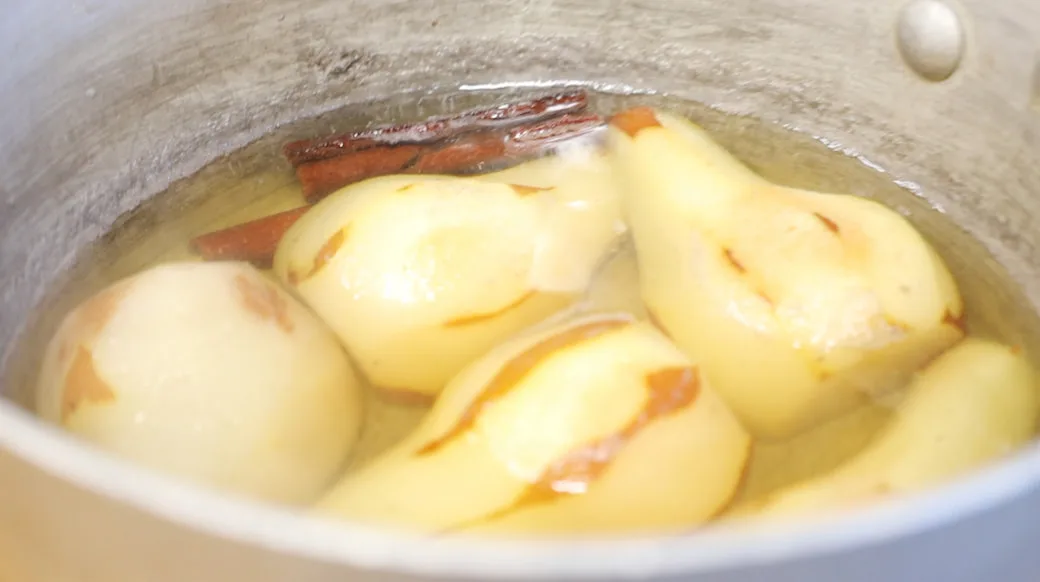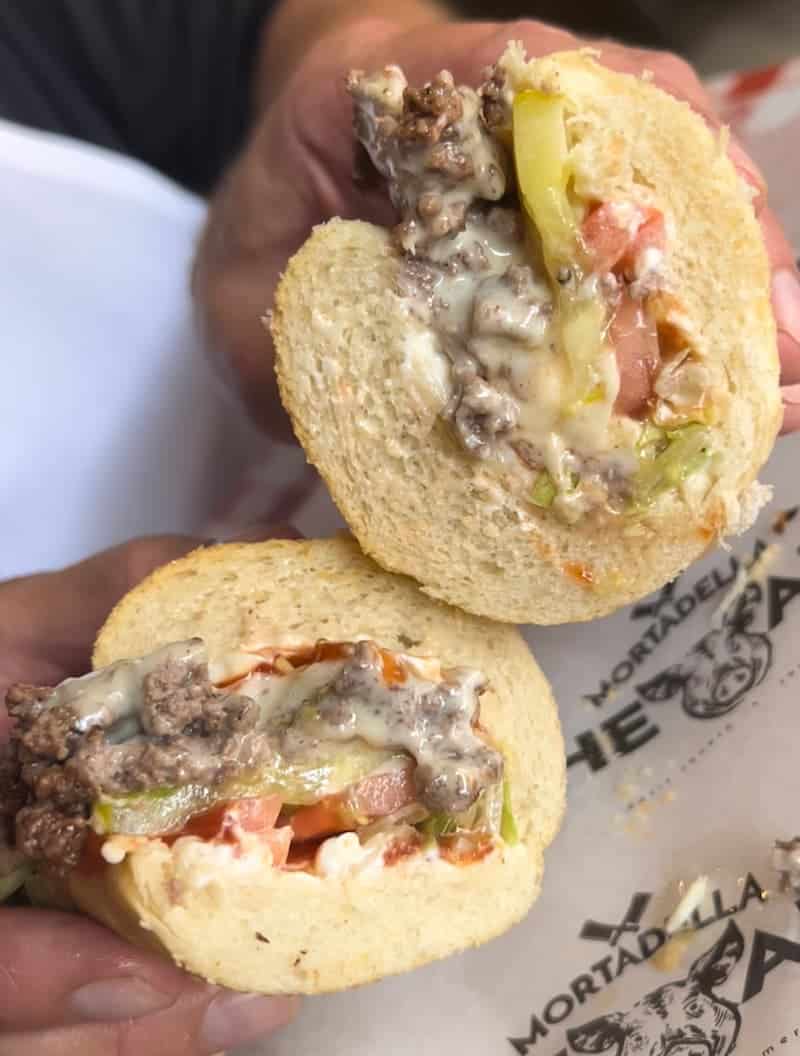Antipasto vs. charcuterie.
Charcuterie vs. antipasto.
Besides one sounding extremely French and the other being an Italian staple, what the heck is the difference?
Picture this:
You just bought a house and are planning a housewarming party with all of your friends and family.
Your mother in law kindly offers to bring charcuterie cheese platter, but your best friend already bought a bunch of cured meats and cheeses for that beautiful cheese board she’s known for making.
Who do you put the stops to?
Do you let them both in? Are they two different foods?
Here, we’re going to explain the difference between the two in the best way that we know how, so you can plan accordingly for all of those dinner parties you have coming up.
What is Antipasto?
Antipasto in Italian directly translates to “before the meal.”
It typically consists of bite sized snacks and smaller portions with the point of stimulating the appetite before a large meal or main course.
If you wanted to compare the portion sizes to something, think of an hors d’oeuvre.
On an antipasto board from southern Italy, you can find different variations of cured meats and hard cheeses, but you’re most likely to find something true to the southern Italian regions, like ‘nduja or soppressata.
But in northern Italy, there will be a lot more random things like marinated mushrooms, veggies, even some types of fish on a typical antipasti plate.
On any kind of antipasto platter from any region of Italy, you’ll find a combination of sharp and soft Italian cheeses.
The ingredients tend to differ based on each region and what is in season, but they’ll never be anything super heavy.
The antipasto course is the perfect way to feed a crowd before the first course of an Italian meal.
What is Charcuterie?
The word charcuterie is a French term that refers to a specific style of cooking when it comes to prepared meat products that are primarily pork based.
On a standard French charcuterie board, it’s common to find sausages, ham, terrines, confit, etc.
Most of these meats will be intricately and freshly cured, purchased from a local market, and will be the main focus of the board, though most will at least have some fresh breads and sweet pickles to enjoy with the dish.
Yep, I’m sure you can see where I’m going with this…
If you’ve eaten a “charcuterie board” at your friend’s house or from your local Italian restaurant, 9/10 times I’d be willing to bet that you’re actually eating Italian antipasto.
If your entire life feels like a lie, don’t fret. I felt like this too.
Where Do We Go From Here?
Well for starters, your best friend and your mother in law can both bring their boards.
In fact, if your mother in law is making a 100% authentically French charcuterie board, I’d be impressed, and I’d want an invite to that housewarming party.
But in all seriousness, most of the time when you’re referring to a charcuterie board, it’s most likely an antipasto platter.
Especially if there are Italian foods, marinated veggies and soft cheeses on there.
And if there are any Italian cold cuts, such as capicola, Genoa salami, mortadella, etc, it’s probably best for you to find out how to properly prepare your classic antipasto platter so everyone will gawk and stare at it as they walk by.
Lucky for you, we consider ourselves experts on all things antipasto, so you don’t have to look any further when it comes to preparing your platter.
If you wanted a deeper dive into antipasto as a traditional Italian course, we have just the article for you.
Basically, this article talks about all of the different types of food that you might want to include in your platter.
Some ideas could be:
- Roasted red peppers
- Parma ham
- Alfa sprouts
- Artichoke hearts
- Dried fruit
- Olive oil for dipping
- Hard parmigiano reggiano cheese
- Crusty baguette
- And many more
If you were prepping an antipasto platter for a bigger gathering, there may be some confusion as to how much you should prepare.
The last thing you’d want to do is spend all of this money on Italian meats and an assortment of cheeses to have them all go to waste at the end of the night.
In this article, we go over the proper proportions and formulas that you will need in order to know exactly how much meat and cheese you will need per person.
And trust me, it works.
Antipasto FAQs:
Q: How much deli meat should I buy for my party?
A: A good rule of thumb to go by is 2-4 oz of cold cuts per person.
Q: What are three cured meats that I need on my antipasto platter?
A: I always say to use hard salami (over genoa), cured ham (prosciutto), and soppressata. Those are all of my personal favorites.
Q: What are the best kinds of cheeses for antipasto?
A: This is entirely up to you! You may opt to use blue cheese, fresh mozzarella balls, sharp cheddar, gruyêre, provolone cheese—anything you’d like.
Q: What kinds of vegetables should go on my platter?
A: Try this with cherry peppers, cherry tomatoes, green olives, sweet pickles; even some dried or fresh fruits would taste delicious with this

